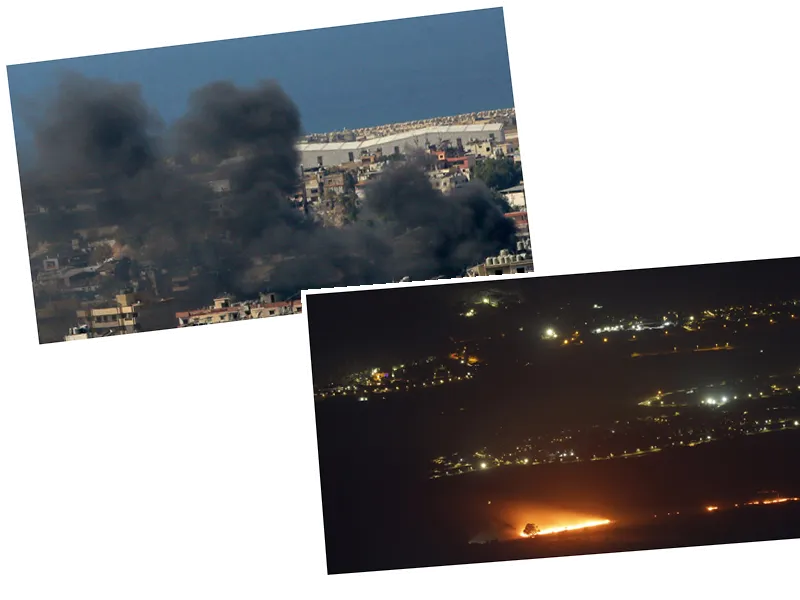Israel's Strategic Interest in Aita al-Shaab
Israel's military operations in the border village of Aita al-Shaab are aimed at establishing control over a critical area that allows it to maneuver both west and east. According to military expert Brigadier General Elias Hanna, this region is vital as it enables Israel to impose conditions on Hezbollah, particularly along the Blue Line, which spans approximately 100 kilometers from the Litani River. The control of Aita al-Shaab is seen as a decisive factor in Israel's strategy against Hezbollah, as it would facilitate a separation of forces and enhance Israel's operational capabilities.
Military Operations and Hezbollah's Response
Currently, five Israeli military divisions are active along the border. Division 210 is focused on entering the Shebaa Farms and Kfar Shuba, aiming to disrupt communications between southern Litani and the Bekaa Valley. Meanwhile, the 98th Parachute Division, which includes special forces, is working to secure towns such as Markaba and Kfar Kila, establishing high concentration zones within Lebanon. In contrast, Hezbollah is reportedly attempting to regain the balance it lost in recent confrontations. The group has claimed responsibility for targeting an Israeli engineering unit in Ramyeh, indicating its ongoing resistance and capability to strike back.
Ongoing Clashes and Escalating Tensions
The situation in Aita al-Shaab has escalated, with violent clashes reported between Israeli forces and Hezbollah fighters. The Israeli military has acknowledged its operations in the village, where it has engaged in significant ground incursions since early October. As tensions rise, both sides are preparing for continued confrontations, highlighting the precarious security situation in the region.





